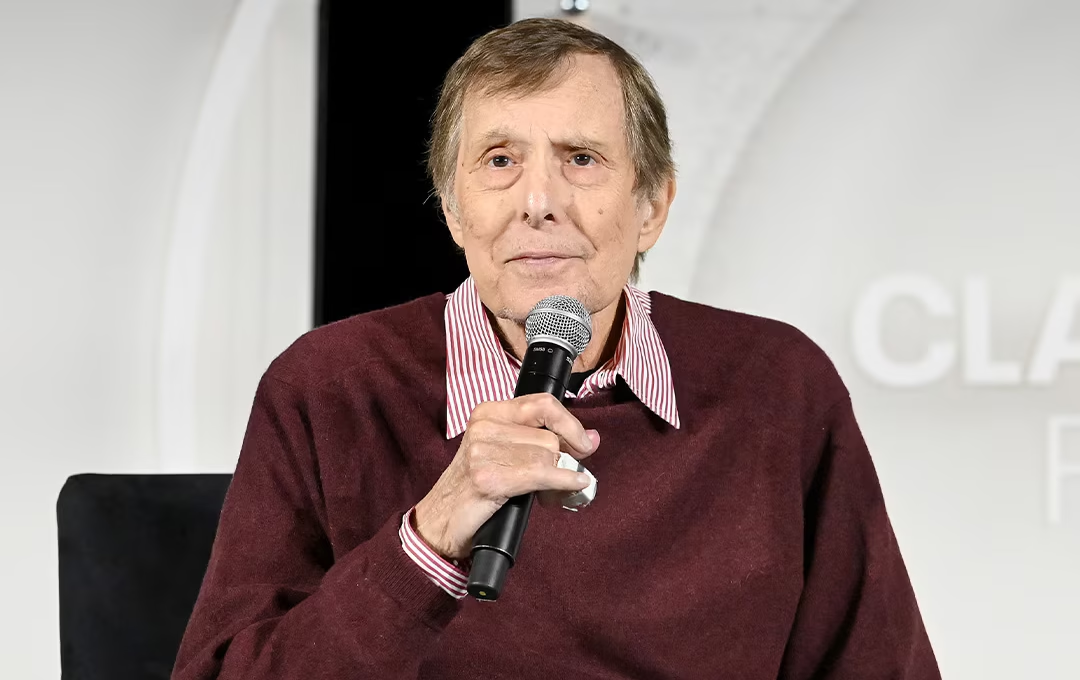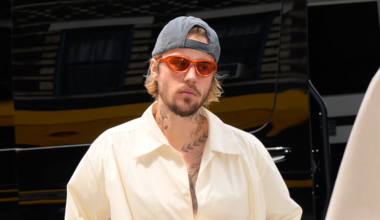William Friedkin’s filmmaking style wasn’t just bold—it was borderline unhinged. In today’s Hollywood, where risk aversion and safety protocols reign supreme, Friedkin wouldn’t survive a fortnight. Not because his talent was lacking—his genius is undeniable—but because his methods were so extreme, so reckless, that they’d likely land him in court, if not jail. Friedkin was a cinematic anarchist, a man who believed the ends “always” justified the means, no matter how dangerous, unethical, or outright illegal those means might be. His film sets weren’t just workplaces; they were war zones, and Friedkin was the general who stopped at nothing to achieve his vision.
Consider the time he tangled with the U.S. Secret Service. While making “To Live and Die in L.A.”, Friedkin decided that prop money wasn’t convincing enough for a film about counterfeiters. So, what did he do? He hired an actual counterfeiter—a man who had been arrested for his craft—to create fake bills so authentic they could fool anyone. Over a million dollars’ worth of counterfeit cash was printed, each bill meticulously crafted with just three intentional errors to mark it as fake. In theory, this made it unusable in the real world. In practice? Well, let’s just say Friedkin’s attention to detail backfired spectacularly.
The film, a gritty tale of two Secret Service agents (one played by a young Willem Dafoe) hunting a rogue counterfeiter, features an extended sequence of Dafoe’s character printing money. The scenes are so realistic because, in every shot where Dafoe’s face isn’t visible, it’s the real counterfeiter’s hands at work. But here’s where things get wild: despite the intentional flaws, some of the fake bills mysteriously vanished from the set. About $500 worth of counterfeit cash ended up circulating in local businesses, passed off as real money. When the Secret Service caught wind of it, they came knocking, demanding answers.
Friedkin, ever the provocateur, wasn’t about to go down without a fight. When California U.S. Attorney Robert Bonner called him, urging him to come in for questioning, Friedkin shot back, “Get a warrant, Mr. Bonner, and I’ll come in with a lawyer.” No warrant was issued, and the case fizzled out—but not before Friedkin’s spokesperson spun a tale about a crew member’s kid accidentally spreading the money around. It was a convenient story, but not the whole truth.
Years later, after the statute of limitations had expired, Friedkin finally came clean. In a making-of documentary for “To Live and Die in L.A.”, he admitted with a mischievous grin, “I used to spend these fake twenties.” In his memoir, The Friedkin Connection, he confessed to passing the bills at restaurants, shoe-shine parlors, and other spots around town. “The money was that good,” he quipped, clearly proud of his handiwork.
But the counterfeit cash scandal is just one chapter in Friedkin’s long history of on-set chaos. On The Exorcist, he fired a shotgun near actors to ensure their terror was genuine. For The French Connection, he filmed one of cinema’s most iconic car chases without permits, weaving through New York City streets packed with unsuspecting pedestrians. And on Sorcerer, he nearly killed himself and several others while shooting a harrowing bridge-crossing sequence that pushed the limits of human endurance.
Friedkin’s methods were insane, dangerous, and often indefensible—but they also produced some of the most unforgettable moments in film history. His relentless pursuit of authenticity, no matter the cost, made his movies visceral, raw, and utterly gripping. In today’s Hollywood, where creativity is often stifled by bureaucracy and fear of liability, Friedkin’s brand of madness would be unthinkable. But it’s also a reminder of what can happen when a filmmaker is willing to risk everything—even the law—for the sake of art. Love him or loathe him, there will never be another William Friedkin.






